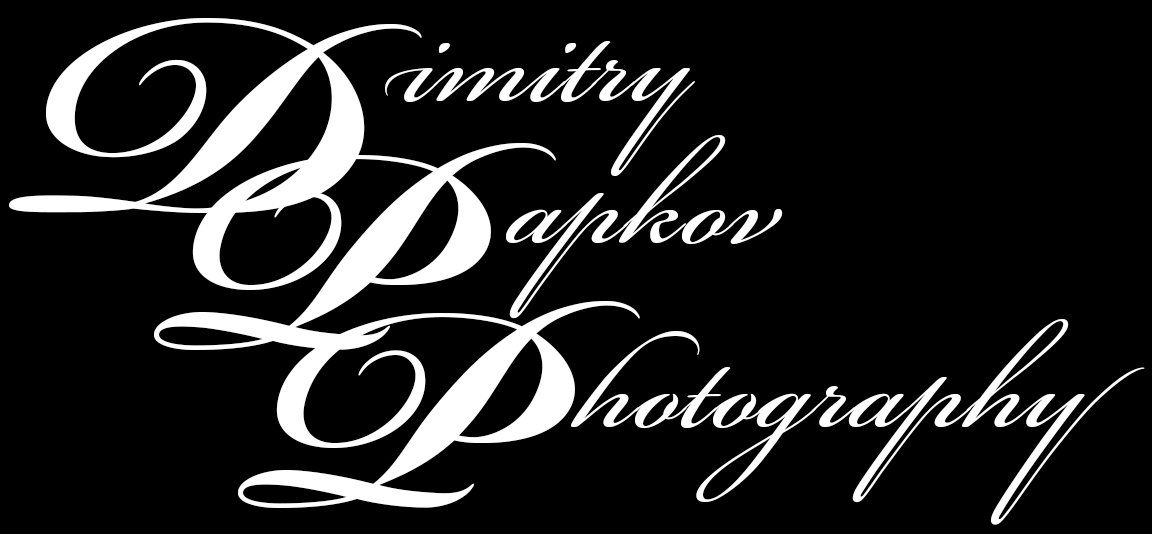On this page I will share some stories behind the images, thoughts on upcoming trips and art fairs, as well as some trip reports, and random thoughts. If you are interested in more details about the things on this page, feel free to contact me.
I have to admit that I stole the title of this page from George R. R. Martin. If you don’t know who that is, all I can say “Drakharis”.
Field Trip to Night Lights at New England Botanic Garden (Tower Hill) and How to Use Long Exposure for Creative Effect and to Remove People from Shots
It’s the time of year when lights and light shows come out to celebrate the holiday season. This year was the first time I went to the Tower Hill Botanic Garden to see the Night Lights decorations. The visit was as part of the field trip with the Worcester County Camera Club, though I arrived a bit later than everybody else.
The displays at the garden are beautiful and offer a variety of subjects to get your creative juices flow. Night photography of this type brings a set of challenges in addition to you would have under normal lighting conditions. And then, there are a lot of people walking around, enjoying the show and the atmosphere, who you would not necessarily want in your shots.

